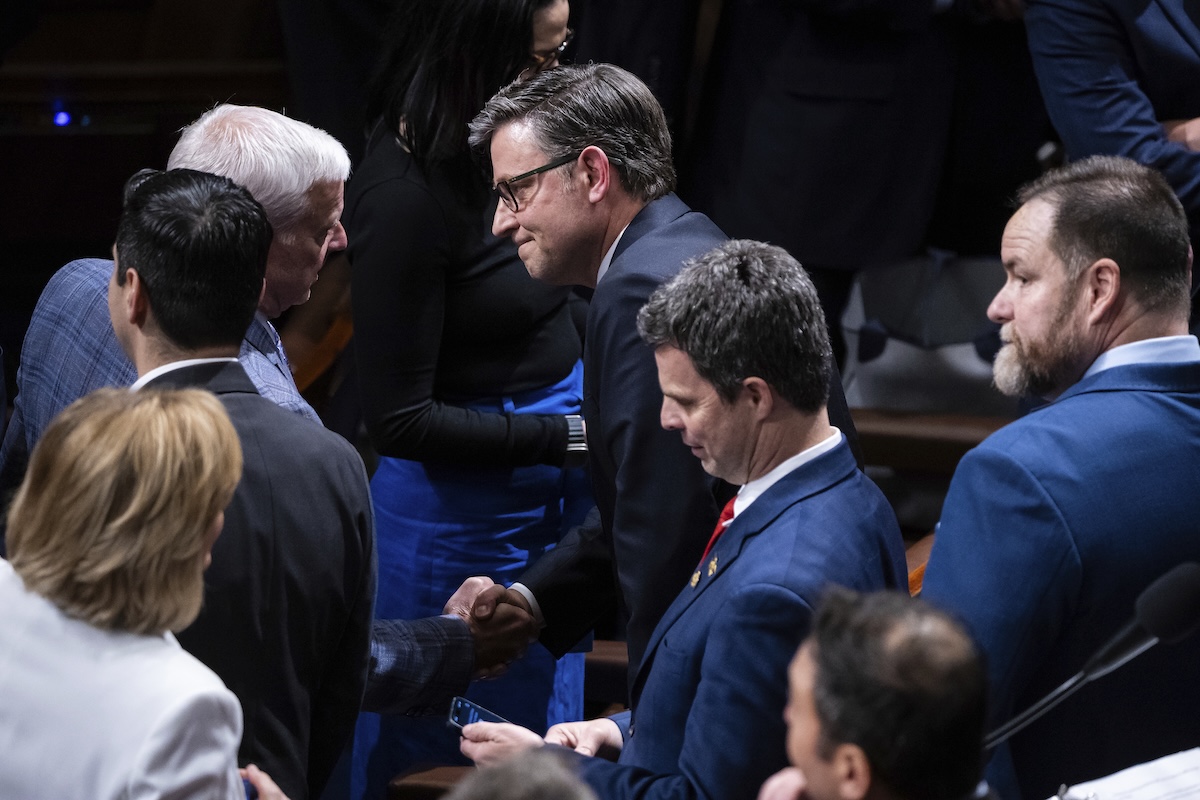Paper
In this issue brief, budget expert Julia Gledhill (Research Analyst, Stimson Center) examines the unprecedented military spending provisions in H.R. 1.
It is unusual for reconciliation bills, such as H.R. 1, to include substantial funding for the Department of Defense or other military-related programs in other departments. However, H.R. 1 breaks from precedent by allocating $156 billion to “national defense.” This is problematic for four main reasons: (1) It benefits weapons-makers and contractors more than service members; (2) It lacks details on specific spending categories, effectively making it a slush fund; (3) It incentivizes future lawmakers to skirt the regular budget process, which is more deliberative and transparent than the reconciliation process; and (4) It increases Pentagon and military-related spending by over 13 percent from FY25, pushing “national defense” spending beyond the $1 trillion mark.

H.R. 1 provides $156 billion for Pentagon and military-related programs in fiscal years 2025 - 2029. In fiscal year 2026, it increases Pentagon and military-related spending by over 13 percent from FY25, pushing ‘national defense’ spending beyond the $1 trillion mark.
Shipbuilding funds account for the largest portion of military-related spending in the bill, totaling $29 billion. A substantial portion of these funds are directed toward a handful of military contractors. Funding for munitions and supply chain resiliency accounts for the second largest portion of the military section of H.R. 1, totaling $25 billion. The purpose of this section is to enhance or expand weapons production capacity. Altogether, spending on shipbuilding and the expansion of weapons production capacity makes up 35% of the military funding in H.R. 1., while spending on military personnel only accounts for about 5%.
